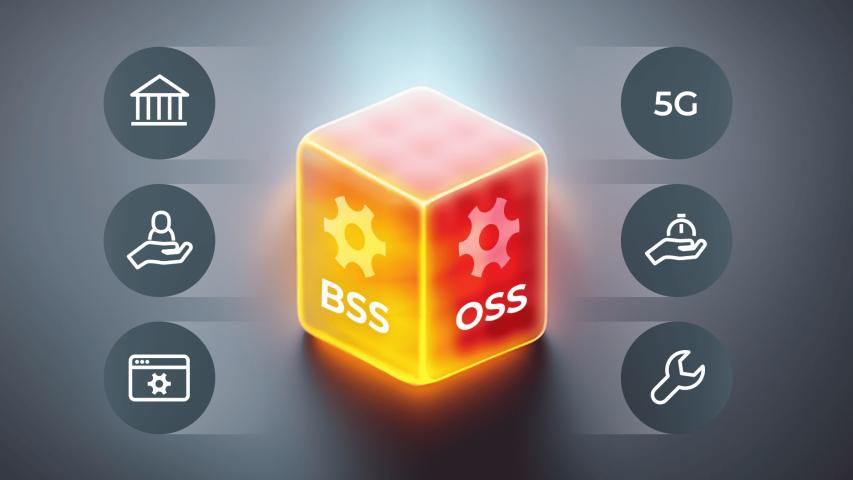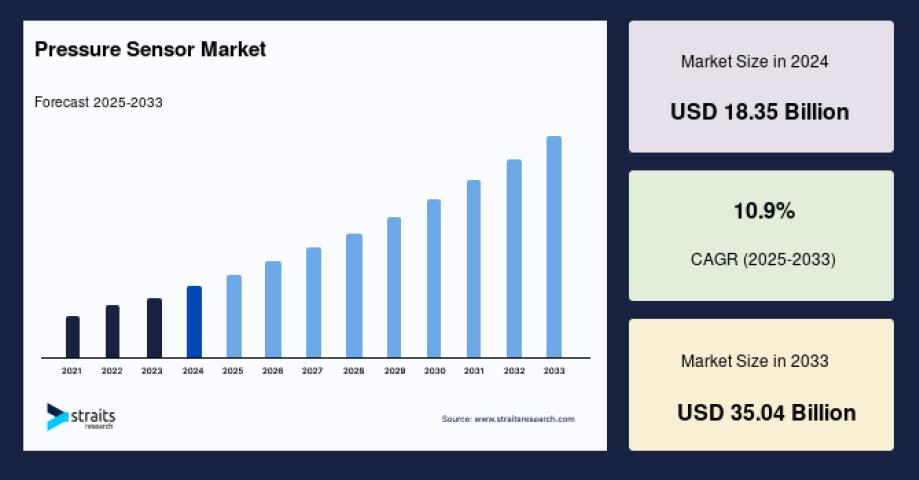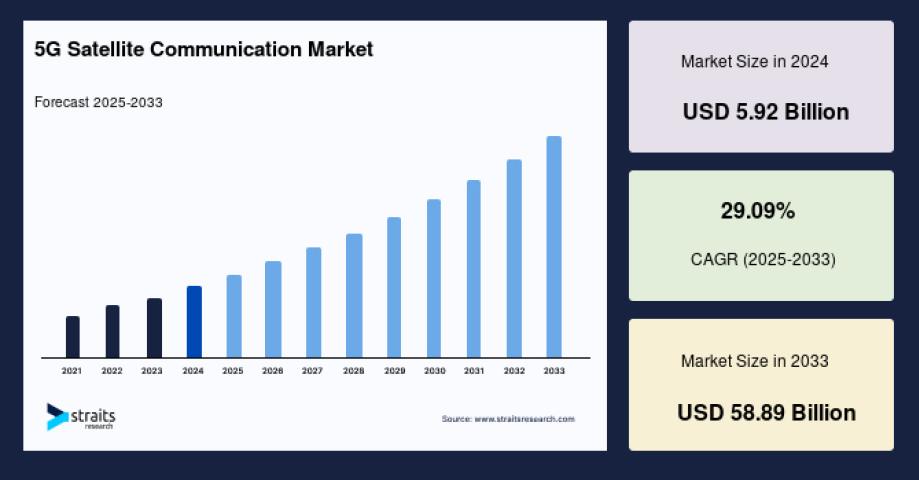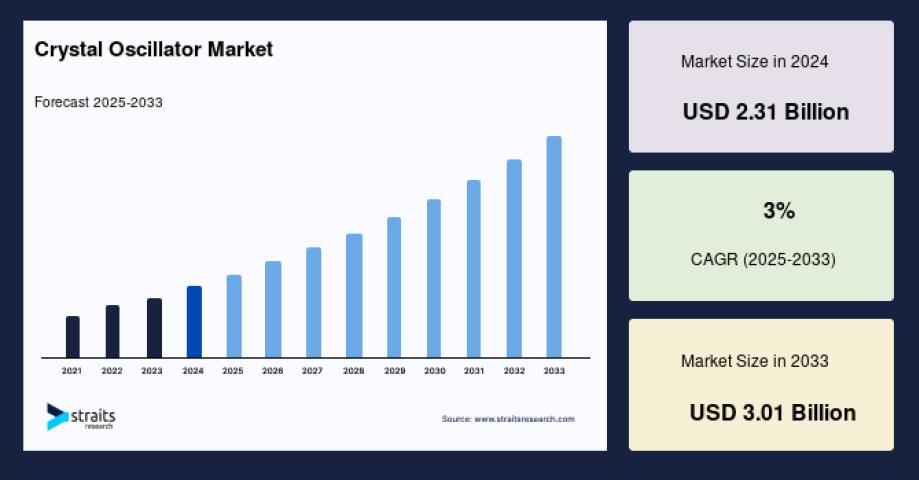Launching a startup often begins with a spark of inspiration—an idea that seems to have the potential to disrupt industries or solve pressing problems. However, not every idea, no matter how innovative, is destined for success. Understanding the viability of your concept in the marketplace is critical before you invest time, money, and effort into its development. As Steve Blank, a prominent figure in the startup world, famously said, "No business plan survives first contact with customers." This insight underlines the importance of testing your idea against market realities before you move forward.
When considering the market potential of an idea, the first and most crucial aspect is the problem-solution fit. Is your idea addressing a genuine problem or need? This might seem basic, but many startups fail because they offer solutions to problems that don't truly exist or are not significant enough for customers to care about. Talk to potential customers, observe their behaviors, and understand their pain points. The best ideas emerge from real-world issues that people or businesses face, making your solution not just a novelty but a necessity.
Once you’ve confirmed that there’s a real problem, the next step is to gauge how much value your solution provides in comparison to alternatives already available. This is where market differentiation comes into play. Your idea doesn’t need to be the first of its kind, but it does need to offer something that existing solutions don’t—whether it’s better performance, lower cost, ease of use, or addressing a segment of the market that has been overlooked. Eric Ries, author of The Lean Startup, emphasizes the importance of uniqueness, stating, "A startup is a human institution designed to create a new product or service under conditions of extreme uncertainty." If your idea doesn’t stand out in a meaningful way, it may struggle to gain traction.
Understanding the size of the market is another essential factor in assessing viability. Even the best solution to a pressing problem will struggle if the market is too small to sustain growth. By analyzing market trends, customer segments, and competitors, you can better understand if your idea has room to scale. Keep in mind, however, that market size alone is not the only determinant of success. Startups have often thrived in niche markets by serving a smaller, more specific customer base with precision and expertise. What matters is finding a market large enough to support your business but not so broad that you lose focus or become overwhelmed by competition.

Customer willingness to pay is a metric that is often overlooked but incredibly important. Even if people love your idea, the question remains—will they pay for it? Customers may appreciate what you're offering but may not see enough value in it to invest their hard-earned money. It’s crucial to validate pricing assumptions early by talking to potential buyers or even running pre-sales to gauge interest and commitment. If customers hesitate to pay, it could be a signal to refine your offering or explore different revenue models.
At this stage, testing becomes key. You don’t need to launch a full-scale product to assess viability. Instead, create a minimum viable product (MVP)—a basic version of your solution that can be used to gather feedback and insights from early adopters. As Bill Gross, founder of IdeaLab, notes, "The single biggest reason why startups succeed is timing." By testing an MVP in the real world, you get a sense of whether the market is ready for your idea, what adjustments are needed, and how it performs under actual conditions. This feedback loop is invaluable and can save you from spending too many resources on something that the market isn’t ready to embrace.
It’s also worth examining the competitive landscape. Every idea faces competition, whether directly or indirectly. You need to be aware of other players in the market and how your offering compares to theirs. Sometimes, a crowded market isn’t a bad thing; it can indicate a strong demand for the type of solution you're proposing. However, understanding your competition gives you the insight necessary to refine your product and value proposition so that it resonates more strongly with potential customers.
Ultimately, one of the most telling indicators of viability is momentum. If, after initial tests and conversations with customers, your idea is generating excitement and engagement, that’s a positive sign. Momentum shows that your solution is striking a chord with people, and that’s a clear indicator that your startup has a shot at success. Of course, momentum needs to be nurtured with constant iteration and refinement based on market feedback.
Assessing the viability of an idea is not an exact science, but by staying focused on real customer needs, testing assumptions early, and keeping a close eye on market signals, you can significantly increase the chances of success. Steve Jobs once said, "People don’t know what they want until you show it to them." While that may be true for disruptive innovations, understanding the fundamentals of market demand, value proposition, and timing is crucial. Before launching your startup, make sure your idea passes these real-world tests, so you can approach the market with confidence.



















